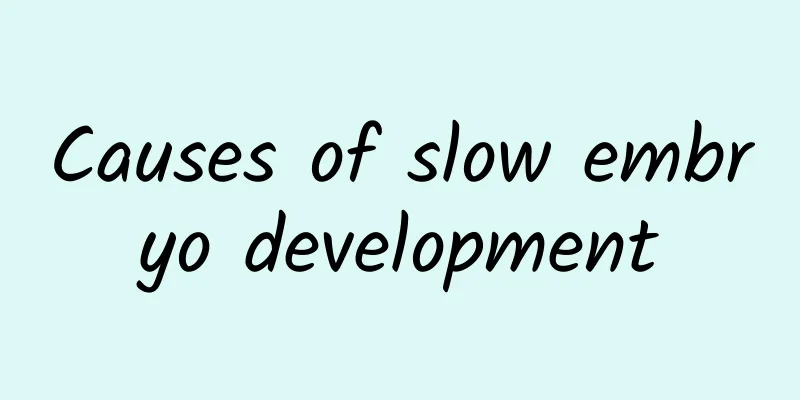Can flat warts be transmitted to others? Timely treatment to prevent infection

|
Flat warts generally cause mild itching, and are particularly common on the face, forehead, and backs of the hands. The incidence rate is high among adolescents. Once discovered, they require treatment and care, and stay away from ultraviolet rays, because flat warts are very contagious. 1. There is a chance of infection Flat warts generally have no subjective symptoms, but are slightly itchy. It often occurs on the face, forehead and back of the hands, and can also occur on the wrists and knees. Mostly symmetrical, in indefinite number. Sometimes it is associated with generalized warts. It can heal itself or relapse, but it will not leave scars after healing. Because of its strong infectiousness, it often occurs in dense groups or scattered in multiple places. Especially after scratching, it will be distributed in strips along the scratches. It often occurs on the face, especially the forehead and limbs, and generally there are no subjective symptoms. The patient's intentional or unintentional scratching and abrasions can inoculate the virus into the adjacent skin, so flat warts are characterized by being arranged in a linear pattern along the scratches. Because the warts of flat warts contain a large number of active viruses, when the area is scratched, the surface of the warts and the normal skin may be slightly damaged. At this time, the virus can easily be inoculated into the normal skin and produce new warts. Similarly, flat warts can also transmit the wart virus to others through this route. Flat warts are mainly transmitted through direct contact, but can also be indirectly transmitted through contaminants such as needles, brushes, towels, etc. The most common sites for flat warts are the face, back of the hands, and forearms. People with weakened immune systems are more susceptible to infection than normal people. 2. Symptoms and Signs It is common in children and adolescents, but also in adults. It often occurs symmetrically on the face (cheeks, temples, forehead, chin), back of the hands and forearms. It manifests as round, oval or irregular flat papules of normal skin color or light brown, the size of a pinhead to a lentil, with a smooth surface, hard texture, scattered or dense, or fused into small pieces, and may be arranged in a beaded-like manner due to scratches (isomorphic reaction) (Figures 1-3). There are no subjective symptoms, and itching often occurs before subsiding. The disease progresses slowly and may last for 3 to 4 years without recovery. It is self-limiting and can recover on its own in 1 to 2 years. 3. Preventive Care 1. Keep away from ultraviolet rays and ionizing radiation. 2. Stay away from traumatic treatments such as ion, laser, and autologous wart implantation. This type of treatment can easily cause an "isotypic reaction", leading to difficult-to-remove scars and can aggravate the condition. 3. Stay away from hormone drugs. 4. Drink more water, eat more vegetables and fruits, and make fruit noodles |
<<: What is flat warts? HPV infection
>>: What are the treatments for back pain?
Recommend
What should I do if my upper lip is everted? What should I pay attention to?
Lip eversion is a very common facial symptom. If ...
What to do if there is a lump on the side of the breast
Many women have begun to pay attention to their p...
What to do if the soles of your feet are dry and cracked
We often hear people talk about the dryness and c...
Symptoms of ahidrosis
Many people do not have a particularly good under...
If you are under a lot of pressure, you must try these methods
People nowadays are under a lot of pressure in li...
What should I do if my chest muscles are strained and breathing causes pain?
In modern life, people pay more and more attentio...
Swelling of the nasal mucosa
The nasal mucosa is an important component of the...
Traditional Chinese medicine treatment for sequelae of cerebral infarction!
Cerebral infarction is a common disease that enda...
What is the medicinal value of camphor?
I wonder if you have ever known or understood the...
First aid measures for epilepsy
Everyone should know about epilepsy, because ther...
What to eat to treat bad breath in children
Parents must pay attention to children's bad ...
Pain in the anus when sitting down
Sometimes when you sit down, if you experience an...
Can epilepsy be cured under normal circumstances?
Epilepsy is a very common chronic brain disease. ...
What are the consequences of frequent blood in stool?
People who often have bloody stools need to pay a...
Moxibustion for the treatment of tenosynovitis
Tenosynovitis is currently a common disease in or...









